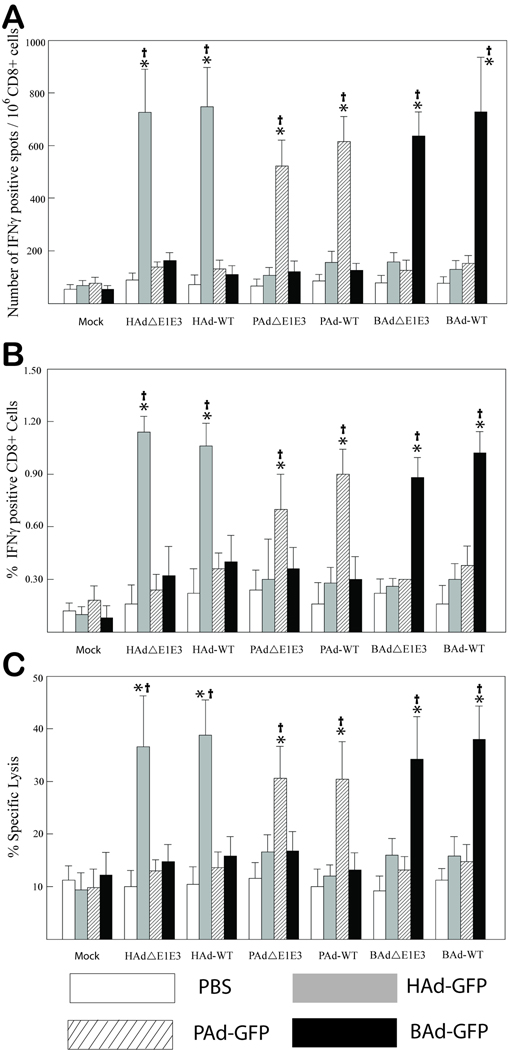Figure 2. Cross-reactivity of positively selected CD8+ splenocytes from HAdΔE1E3-, PAdΔE1E3-, BAdΔE1E3-, HAd-WT-, PAd-WT-, BAd-WT- , or mock-inoculated mice.
(A) Splenocytes were positively selected with anti-CD8 monoclonal antibody-coated magnetic beads and were stimulated with HAdΔE1E3-, PAd3ΔE1E3-, BAd3ΔE1E3-, or mock-infected and chemically inactivated syngeneic NIH3T3 stimulator cells. The number of cells expressing IFNγ was measured by enzyme-linked immunospot (ELISPOT) assay. (B) The percentage of CD8+ cells expressing IFNγ was measured by flow cytometry. (C) Neutral red uptake cytotoxic T lymphocyte (CTL) assay. Positively selected CD8+ cells from HAdΔE1E3-, PAdΔE1E3-, BAdΔE1E3-, HAd-WT-, PAd-WT-, BAd-WT-, or mock-inoculated mice were stimulated with HAdΔE1E3-, PAd3ΔE1E3-, BAd3ΔE1E3-, or mock-infected and chemically inactivated syngeneic NIH3T3 stimulator cells for 7 days. The target cells were HAdΔE1E3-, PAd3ΔE1E3-, BAd3ΔE1E3-, or mock-infected NIH3T3 cells. The effector to target cell ratio was 5:1. Values are reported as the average ± standard deviation for five animals per group. *P < 0.005 versus values at mock stimulation within each treatment group. †P <0.005 for homologous stimulation versus heterologous stimulation within each treatment group.

